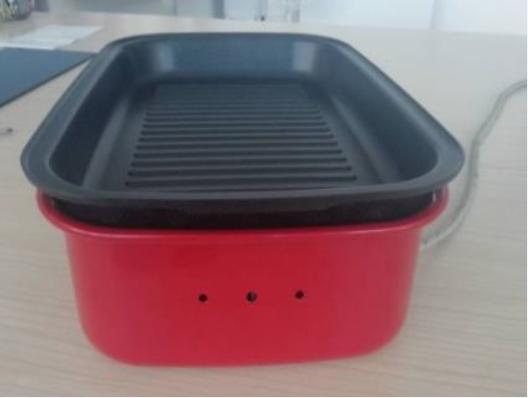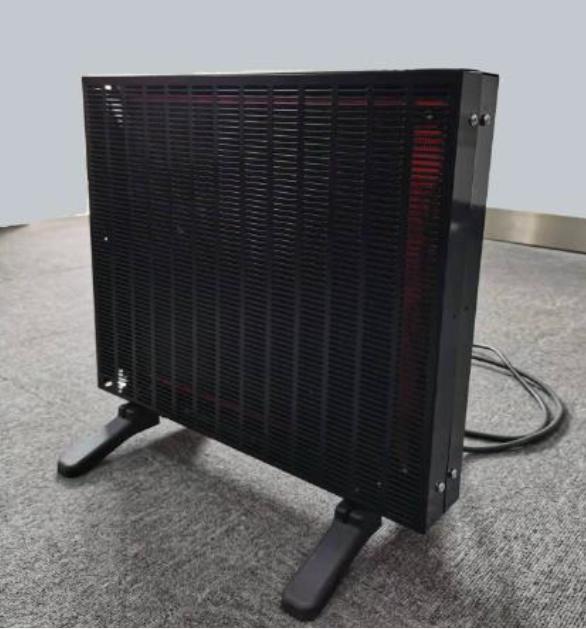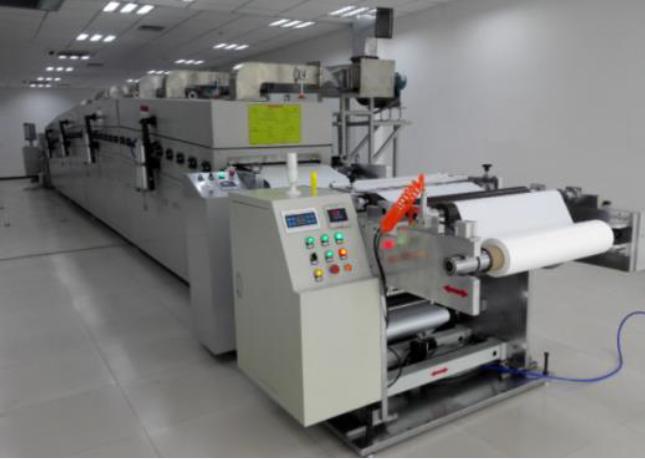In kitchen appliances, industrial drying, and heating systems, the demand for efficient, uniform, and energy-saving heating solutions remains critical. While traditional options like metal heating tubes and carbon fiber infrared lamps are widely used, they suffer from limitations in energy efficiency, lifespan, and design flexibility. RESO Planar IR Module (operating at 200–400°C, emitting medium-long wave infrared) is revolutionizing thermal management standards with its electric infrared conversion rate of 80%, uniform heat distribution, and compact design.
We would like to state the technical performance and application advantages.
I.Technical performance comparison
| Heating element |
Electric heating tube |
PTC |
electro-magnetic induction |
Graphene heating plate |
| Heating method |
indirect heating |
indirect heating |
induction heating |
direct heating |
| Operating temperature |
500-600℃ |
250℃ |
300℃ |
450℃ |
| Lifespan |
Easy to be oxidized and brittle 2000H |
Power attenuation 2000H |
Poor reliability 1000H |
Stable performance 10000 |
| Customization |
Low |
Low |
Middle |
High and works independently |
| Infrared heating characteristics |
NO |
NO |
NO |
Excellent in infrared heating |
II. Application-Specific Advantages
1. Kitchen Appliances: Smarter Cooking and Energy Savings
In ovens, air fryers, and similar home appliances:
The disadvantages of metal tubes: Slow preheating and uneven heating lead to overcooked or not thoroughly cooked food.
RESO Planar IR Module: It reaches operating temperature quickly. Medium-long wave infrared penetrates food layers, it can heat food simultaneous from internal and external—30% faster cooking and 40% lower energy consumption.
2. Heating Systems: Enhanced Comfort and Safety
It can be widely used in electric heaters, bathroom heaters, etc.
Disadvantages of carbon Fiber Lamps: Short-wave infrared causes surface-level skin heating (feels "burning") and emits bright glare.
RESO Planar IR Module: Medium-long wave infrared mimics natural sunlight, delivering gentle warmth without harsh light. It also can be designed into walls or ceilings for modern and space-saving.
3. Industrial drying: Double win in efficiency and cost.
Commonly used in coating drying and food drying production lines.
Disadvantage of metal tubes: Relying on hot air heating, the thermal conversion efficiency is only about 30% with low accuracy temperature control ability leading to a bad effect.
RESO infrared drying solution: PID precise temperature control (±1℃), support modular splicing and works to dry the different materials, energy saving more than 30%, while reducing maintenance costs, improve product quality.
III. Future Trends: Lightweight and Intelligent Integration
The ultra-thin structure of the planar infrared heater (which can be customized to a thickness of less than 4mm) releases more space for equipment design, and the planar heating method is more suitable for intelligent temperature control. Driven by the "double carbon" goal, its low energy consumption and zero emission characteristics will become the preferred solution for industrial upgrading and green home appliances.
Feel free to contact the RESO team for customized heating solutions!


